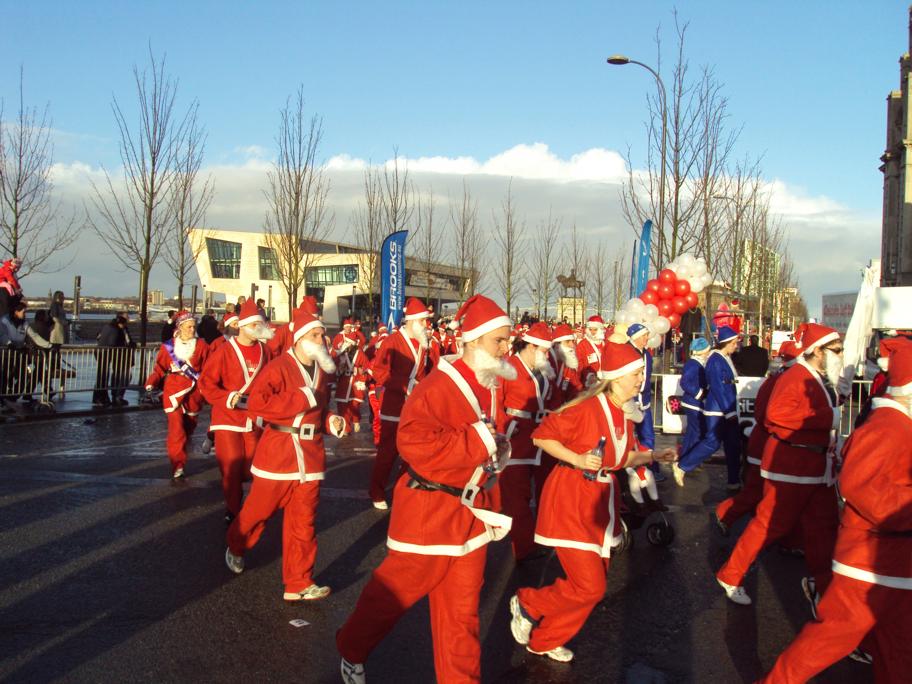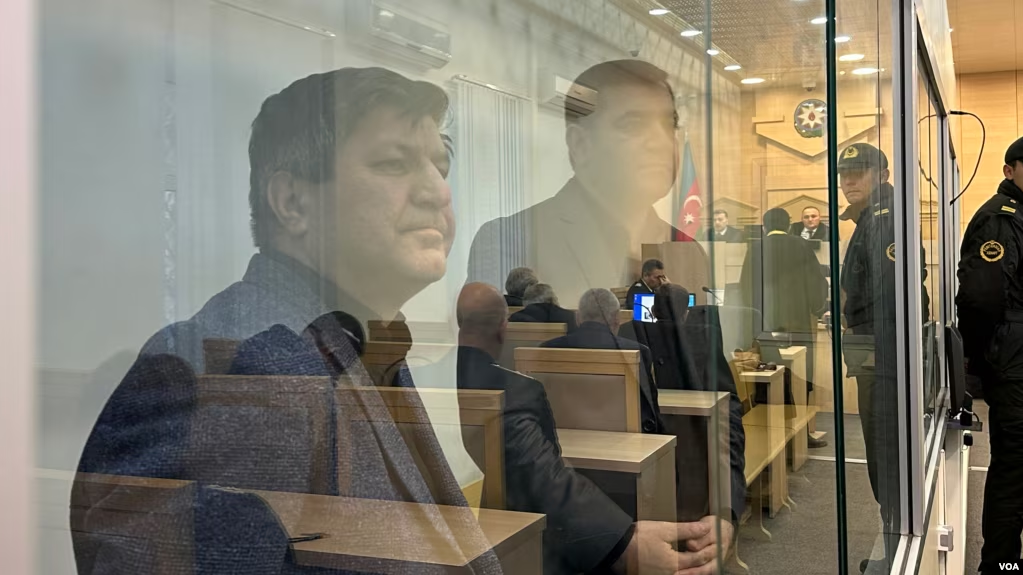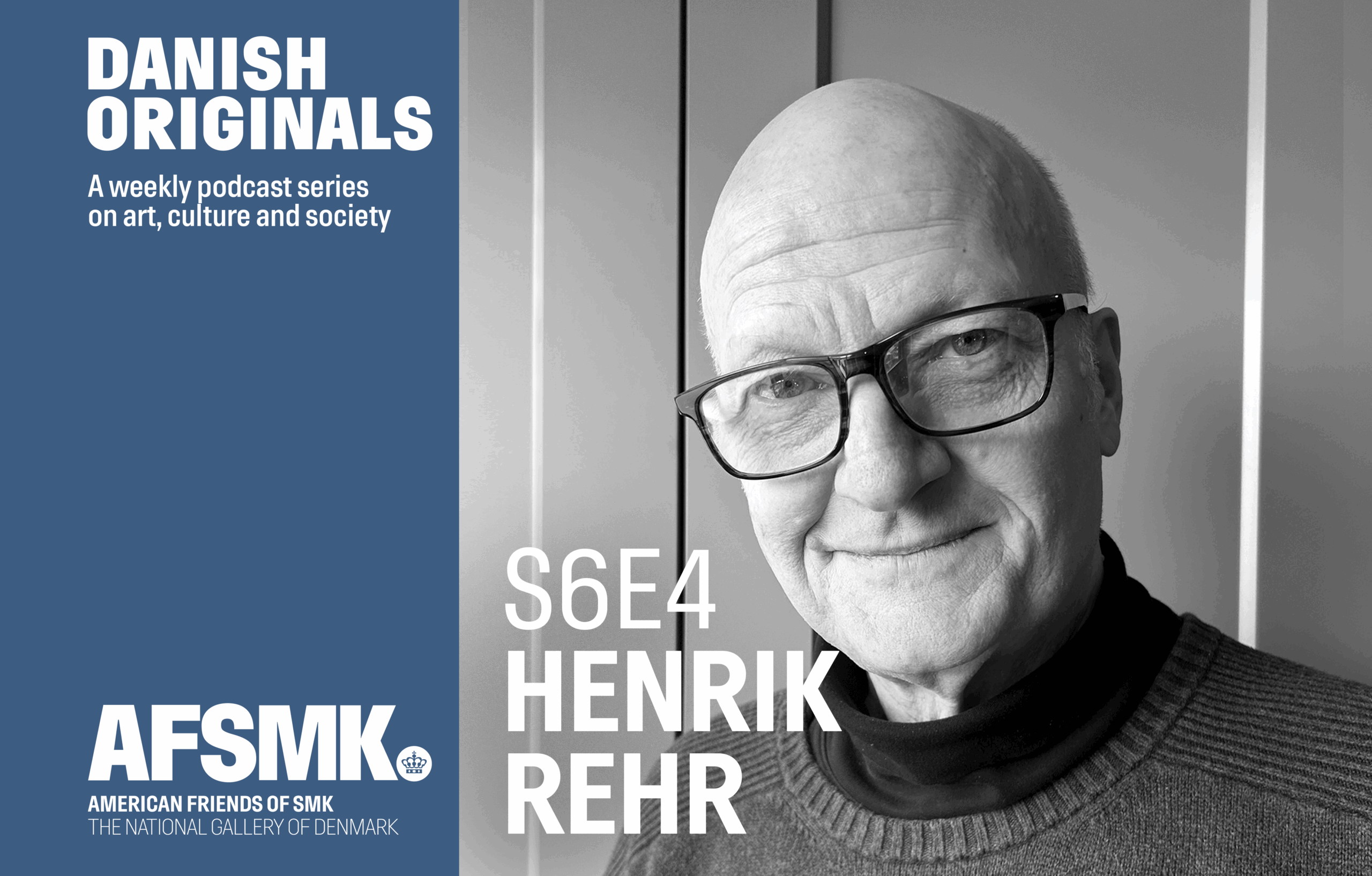In the early 1970s, Denmark was hit by the energy crisis sweeping the globe. A rise in the price of oil led by the nations of OPEC (Organisation of Petroleum Exporting Countries) led to a global economic slow-down, especially in industrialised nations.
Due to the crisis, Denmark faced high levels of unemployment, among other problems. As Christmas time drew near in the winter of 1974, some creative individuals decided to take matters into their own hands.
Sunshine for the winter of discontent
Many of those creative people lived, at the time, in the recently-formed community of Christiania, self-styled as a free town, in Copenhagen’s Christianshavn neighbourhood. They were a group of young men and women who had radical ideas of peace, love, and equality – ideals mirrored in Christiania’s culture – combined with a love of theatre.
They decided to form a theatre troupe, naming it Solvognen (Sun Chariot), in reference to the Trundholm Sun Chariot, an historical artefact from Danish history.
The troupe was officially active from 1969-1983, but their most famous performance took place during the Christmas season of 1974. Solvognen was predominantly a political theatre troupe. They staged their performances in the public sphere with less emphasis on script and rehearsal, and more on public spectacle focused around a political topic of the day.
Reviled and then revered
Today, the group occupies a spot in Denmark’s prestigious Culture Canon for the Theatrical Arts, moving from being wanted by the police for being instigators, to being wanted by the Culture Ministry as innovators. The Culture Canon was created in 2006 to celebrate the best in Danish arts and culture.
The Ministry of Culture created separate categories for the best works in sculpture, painting, film, architecture and design, among others. Interestingly, both Solvognen, the political theatre group and the Bronze Age artefact after which it is named are included in the Culture Canon, but in separate categories.
So, what did Solvognen do to acquire such infamy?
Santa the skater
Starting with conversations about roller skates and who exactly the real Santa Claus was, Solvognen developed a series of performances that took place over the week before Christmas in 1974. The idea was to embody the true spirit of Christmas by dressing up as Santa Claus and performing street theatre.
The Culture Canon notes in its description of Solvognen that street or activist theatre is the antithesis of traditional theatre, because it relies on the unanticipated interactions that occur during a performance, rather than the scripted interactions typical of traditional theatre performances. Performers of street theatre want to create a new reality by disrupting everyday life with their antics.
Santa the saviour
The troupe began with historical research into the history of Santa Claus, casting him as a benefactor to the poor in an unjust world. The character of Santa Claus became the star of a performance designed to address what the performers called “the bourgeois consumer terror of Christmas”. They wanted to help people who were facing unemployment and poverty at Christmastime, as well as spark a public debate about what the government might do to help its citizens.
They combined this with their love of theatrical spectacle – imagining and performing a series of increasingly dramatic pieces of street theatre over the course of the week. The troupe was inspired by what is known as ‘agitprop’ (agitation propaganda), which began as a method used by creative activists in Germany in the 1930s. Using theatrics, costumes, and spectacle, agitprop methods could be used to spark public discussion about a particular political issue – in this case unemployment.
Santa the several
Solvognen sent out a call to the theatre community to get participants to act as Santa Claus for the series of performances. Over a hundred actors and actresses volunteered to dress up like the red-clad saint to spread cheer around Copenhagen.
The script called for eight days of Santa-clad, increasingly antagonistic, public performances of the Christmas spirit of giving, with or without official permission. Former Solvognen member Nina Rasmussen said the purpose of the whole performance was “to do good things as a Santa should”.
On the first day, a helicopter full of Santas touched down in Holbæk guided by an ‘angel of light’. This spectacle was followed by a parade of Santas marching into Copenhagen.
The Santas pulled a giant Christmas goose, a traditional part of the Danish Christmas dinner. The troupe had originally intended the goose to hide Santas inside, but it proved too unwieldy. Instead they pulled the big, white bird down public streets, taking care not to pull Christmas decorations after them.
Santa the sustained
Subsequent performances, which were borderline civil disobedience and humorous theatre, saw the Santas marching into a bank to ask for several million kroner to distribute to the public; Santas marching into nursing homes to bring cheer and goodwill to the elderly with carols; Santas visiting school children, playing games and passing out alternative history books, which placed focus on the histories of working people; Santas on roller skates swarming public places while people shopped, in the week leading up to Christmas; and Santas with pitchforks attacking state buildings in support of working people. Some Santas even walked about with live animals.
The troupe was dubbed the Julemandshæren, or Santa Claus Army, and they marched as a benevolent army around the city performing good deeds in support of Denmark’s working class.
The Merry men march on Magasin
Solvognen’s theatrical intervention into Copenhagen life that year culminated in a dramatic performance of gift-giving. The Santa Claus Army, around 40 of the actors and actresses, marched into Magasin department store in the city centre and began passing out gifts to shoppers from the store’s shelves. The Santas said: “Merry Christmas! Today, no-one has to pay.” They justified their actions, saying they were returning gifts to the workers who had made them.
The shoppers were thrilled, thanking the Santas and wishing them well. Children stared, amazed. Then the police came. Magasin officials grabbed at the white Santa beards, trying to pull them off the actors’ faces, as police handcuffed the Santas and hauled them out of the store. The children cried. The actors were thrilled because all the roles were performed accordingly – the generous and good Santas, representing hope at Christmas, were being arrested and hauled away by the police against the will of the people.
Never forgotten
A debate raged in Copenhagen newspapers for weeks following the arrest of the Santas. It focused on the treatment of the Santas during the arrest, as well as the freedom of speech and democracy. The political theatre of Solvognen was successful: it got people talking about the issues of the day through humour and spectacle, not to mention Christmas cheer.
Visit the website of the Culture Canon to learn more about the troupe and see video clips of the Santa Claus Army in action.













